How Simply Making a Phone Call in Brazil Reduced Me to Tears
We may earn a commission from purchases you make after clicking links on this site. Learn more.I’m going to have to start by saying that I do truly love Brazil. After you read this story, you might think differently but, well, love isn’t always easy.
No, sometimes even the smallest things – like making a phone call – end in expletives, crying fits and sheer exasperation.
Power Sockets and Travel Adapters
When I finally arrived in São Paulo after more than 20 hours in the air and still stinging from the remarkable rudeness of Aerolíneas Argentinas staff (they may have the cheapest flights to Brazil, but you’ll quickly figure out why), I had one thought in my mind: call that friend of a friend who lives in Rio.
I thought I’d just make a quick call from my pousada and then get some sleep. Yeah, right.
Dead battery. Of course, since it’d been hours (days? weeks? where was I?) since I’d charged it. No problem: I grabbed the travel adapter I’d bought back in Australia, and went to plug my phone in.
“I must be really tired,” I thought to myself, when I couldn’t get it to fit in the socket. It was kind of like that feeling of stumbling home after a few too many and not being able to get the key in the door. I shook off the jet lag and tried my best to focus. But no. It was physically impossible.
That was when I started cursing the friendly, seemingly-helpful sales assistant in the electrical store back in Australia. It was obvious that he didn’t have a frigging clue about Brazilian adapters, the idiot. Who knows, maybe he even did it deliberately. Maybe he got his kicks from selling the wrong adapters to innocent travellers!
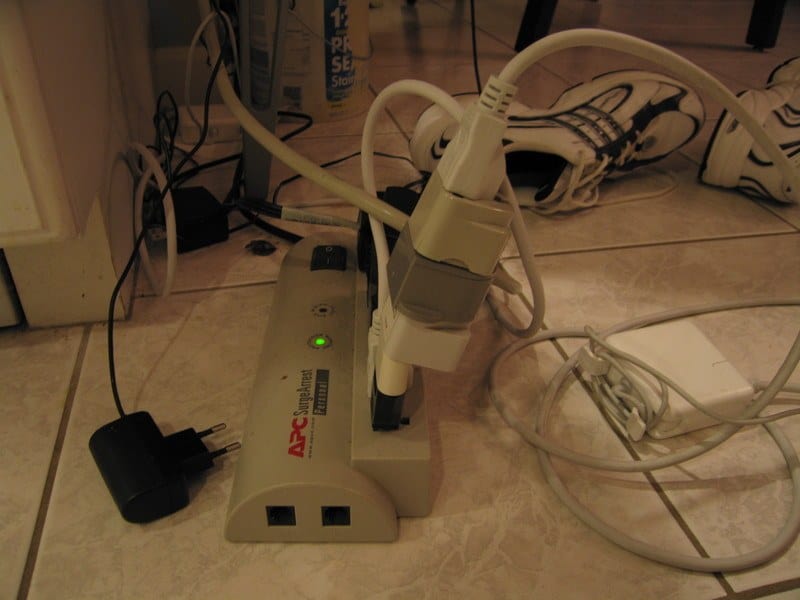
By then I was uttering strings of expletives, but I was about to learn the cold, hard truth. The guy at the front desk cheerfully told me I needed another adapter to adapt the adapter. What?! He helpfully pointed to his computer and I saw a whole muddle of adapters joined together.
Turns out that there are lots of different plugs and sockets in Brazil. Oops. Looks like that electrical store guy wasn’t evil after all.
Since 2011, the N-type plug and socket have been the official standard. That is, a bureaucratic decision was made… but it’s not like everyone ran out and bought new appliances and changed all their sockets.
All the decision really means is that anything made in the last three years has this standard plug and the rest, well, continues to be a mess.
Then again, perhaps the madness is diminishing slightly. Before the turn of the millennium, there were allegedly 12 different types of plugs and eight types of sockets. It’s debatable how many remain today, but somewhere around six is fairly typical.
The adapter issue is such a pain here in Brazil that it’s making its way into the language. While in English we have sayings like “scarcer than hen’s teeth”, in Brazil you can say “harder to find than the right adapter”.
SIM Cards and CPFs
With my phone happily charging via a string of adapters, I headed out to buy a local SIM card. Easy: the newspaper stand on the corner sold them, and I randomly bought a prepaid SIM from one of the main providers.
I even checked it was the right size, and checked the call rates. All too easy. I smiled to myself and thought that it was all going to be OK.
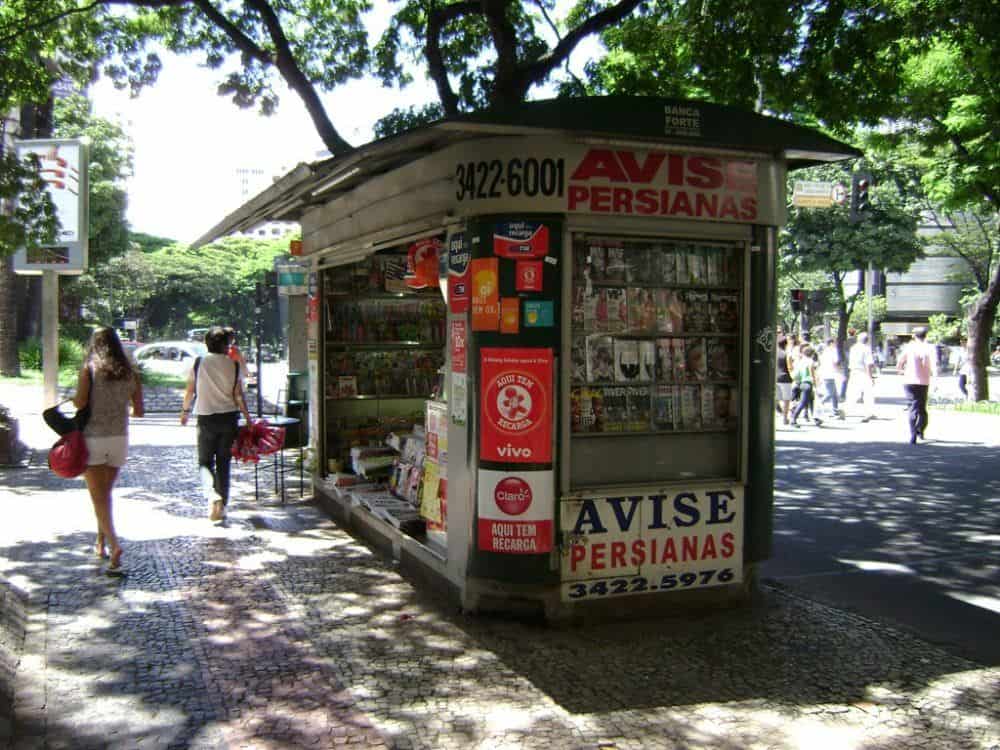
Back at my pousada, I popped the SIM card in and grabbed the code off the packet to activate it. And that, my friends, is where the fun started. I put in the code, I put in the number, I put in everything I could get my hands on but still the nice-sounding woman on the recording just kept on talking.
What the hell did she want?! I knew my phone wasn’t blocked or locked, so what more could there be?
In 3 letters, a CPF. A what? My new friend at the front desk cheerfully explained that I needed to enter my CPF. Again, what?
It turns out that a CPF is a Brazilian taxpayer number. At this point, fellow travellers, I was gobsmacked; why would I need a taxpayer number to use a prepaid SIM card? I didn’t have a work visa, so why would I have a taxpayer number?
Update: as it turns out, it is possible for travelers to buy and use a SIM card without needing a CPF, but your options will be much more limited. We’ve since published a post with all the details on buying a prepaid SIM card in Brazil. Ok, back to the story.
It’s worth pointing out that my Portuguese was pretty crappy at this point and I was beyond tired and, well, I really don’t know how it happened, but one thing led to another and I actually started crying. Poor João at reception is probably still scarred from my visit.
Anyway, so that you don’t end up sobbing in front of strangers, be warned that CPFs are used for almost everything in Brazil. In fact, every time you buy anything the cashier will simply ask “CPF?”.
If you’re just at the supermarket or similar, this is optional, so you can just say “no”. However, if you’re buying something bigger – even if you’re paying cash – they may insist on you providing a CPF.
Because Brazilians use their CPFs for almost everything, it’s inconceivable that someone wouldn’t have one. The odd thing about CPFs is that anyone can get one. So, depending on how long you’re going to be travelling in Brazil, it might still be worth your while–you can apply from inside or outside the country.
Coming back to the SIM card dilemma, if you don’t have a CPF, you’ll have to do a lot more legwork to find a carrier and SIM package that you can actually use.
The alternative? Beg someone to let you use their CPF. This is where you better hope you already know someone in Brazil, or that you make friends fast.
Get regular updates from the world of travel tech and remote work
News, reviews, recommendations and more, from here and around the web
Learning How to Make a Phone Call in Brazil
By now I was starting to feel like a battle-worn warrior. I had successfully charged my phone, convinced a stranger to give me their taxpayer number, and activated my new prepaid SIM card. I was ready to make that phone call. Or was I?
I was in São Paulo and planning to meet up with a friend in Rio. I had the Rio number and I dialled it. Oh no, wait a minute. Of course it’s not that simple.
Turns out that when you call long distance in Brazil, you have to choose your carrier. While it seems like a good idea to give consumers the choice of which company they want to use, the reality is more like playing phone number roulette.
You just choose your favourite numbers, dial them randomly, and hope you hit the jackpot and get connected. This game is enjoyed by foreigners and Brazilians alike.
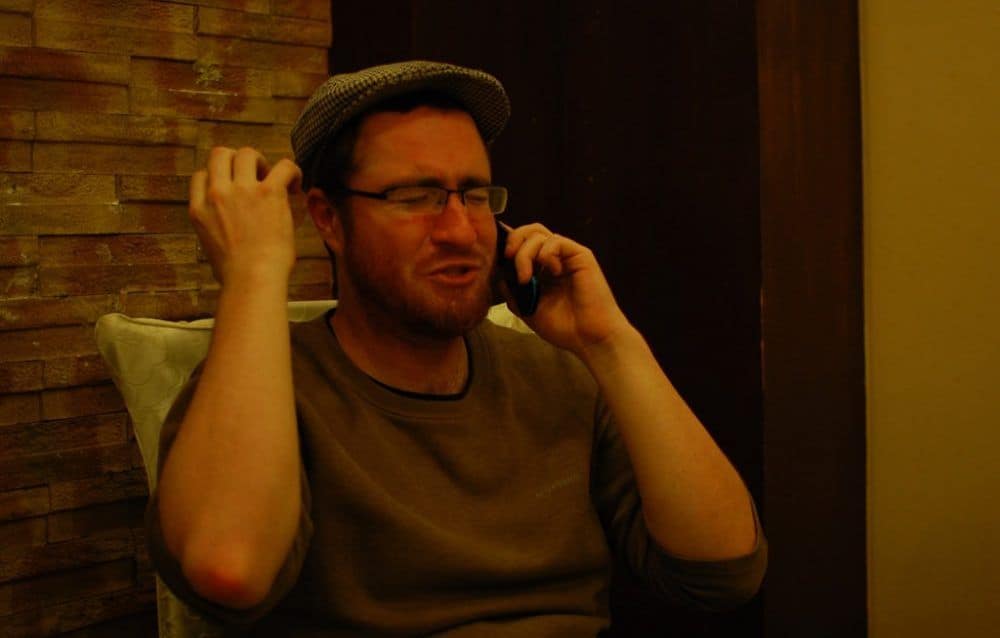
OK, take a deep breath and I’ll explain how it works.
First, you need to know that:
DDI is the two-digit country code
DDD is the two-digit area code
xx indicates the place where you need to insert the carrier code BUT not all phone numbers show this. Also, be warned that some phone numbers put it in the incorrect place. You know, just for fun.
Note too that not all carriers are national, so some can only be used to make calls in certain areas. While each carrier does charge a different rate, I’ve never bothered figuring out which of the 50+ options is the cheapest. I tend to just use a common one, such as “21” (Embratel) or “31” (Oi) and pray.
Also be aware that:
Before any DDI, you need to dial 00
Before any DDD, you need to dial 0
So I’m in São Paulo and I want to call this number in Rio de Janeiro: 55 21 3883 5600
OK, I’m calling within Brazil, so I don’t need the DDI 55. First I need to dial 0 to indicate that it’s long distance. Then – even though I don’t have the handy little xx shown in the number – I need to insert my carrier code of choice, for example 31 (Oi). Then I follow it with the local number. That means I’d dial: 0 31 21 3883 5600.
Once you know all this, it’s not too bad. But when you’re jet-lagged, have just played connect the adapters, have cried in front of a perfect stranger and have greeted every new person with “Hi, I’m Natalia, want to give me your taxpayer number?”, phone number lottery is just too much.
Add to that the fact that even several Brazilians couldn’t figure out what to do with the carrier code and I was, well, exasperated.
I never did make that phone call to the friend of a friend but I did end up falling in love with Brazil and all its idiosyncrasies. In fact, somehow I’m still here, happily juggling adapters and discovering new sources of bewilderment all the time.
Images via Aurelio Scetta (Sao Paulo), mroach (power adapters), Andrevruas (street stall), Renato Ganoza (man on phone)

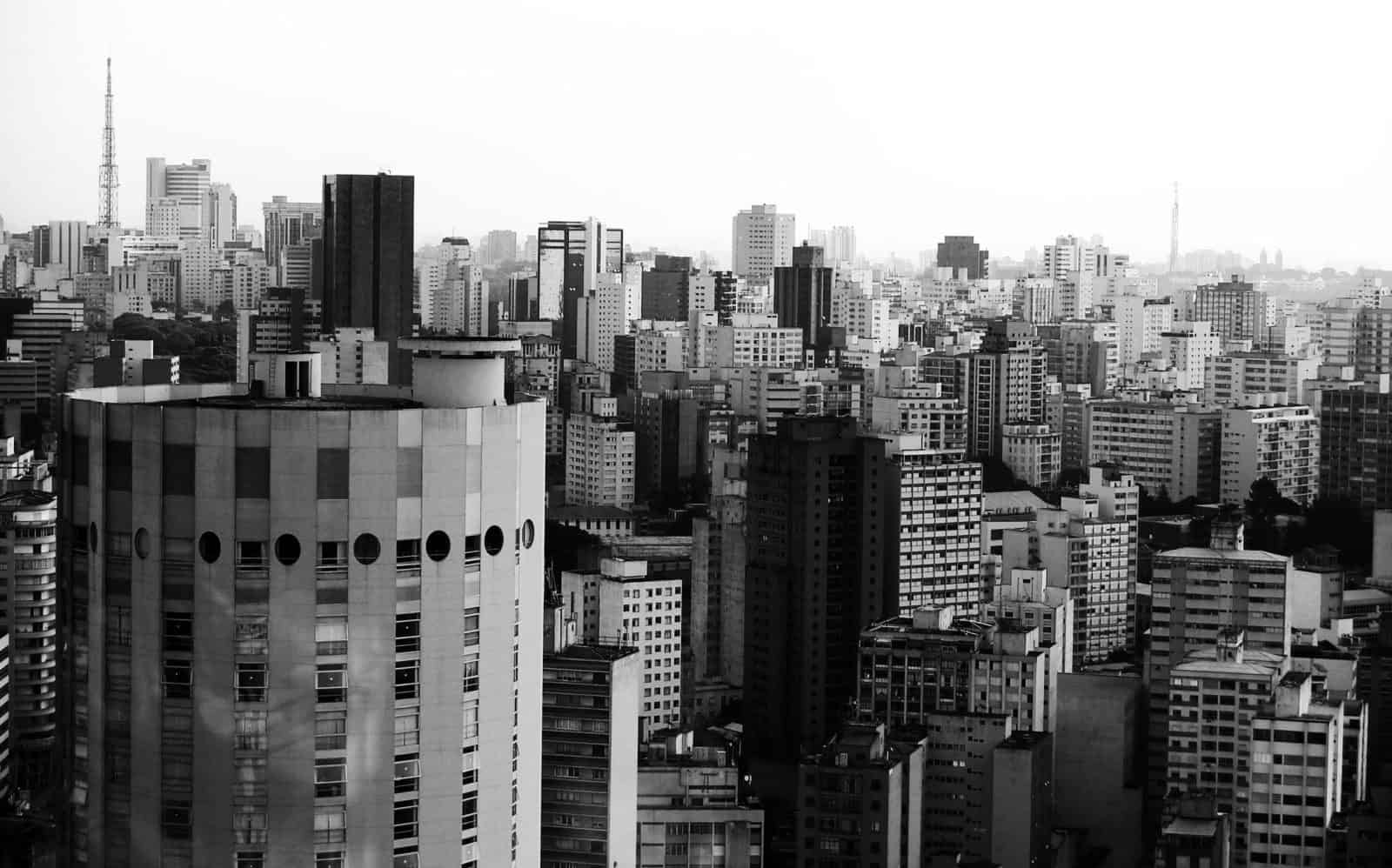
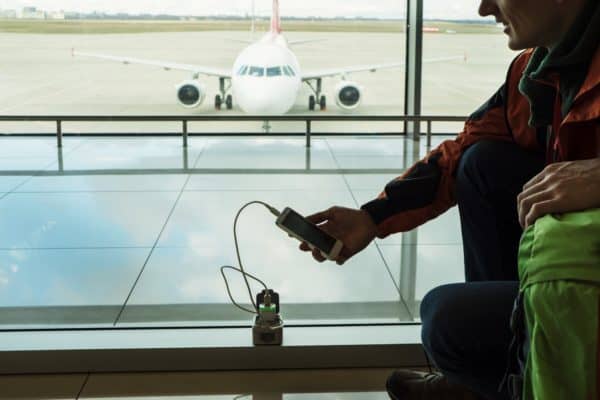

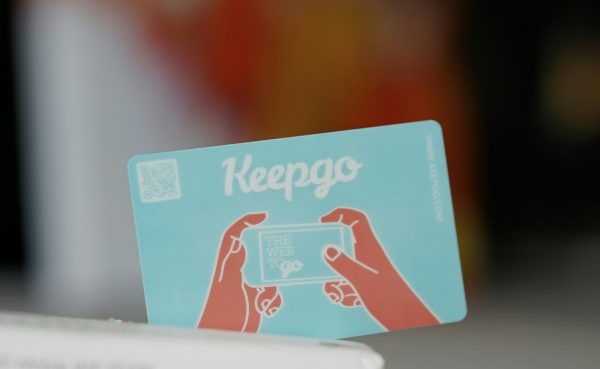
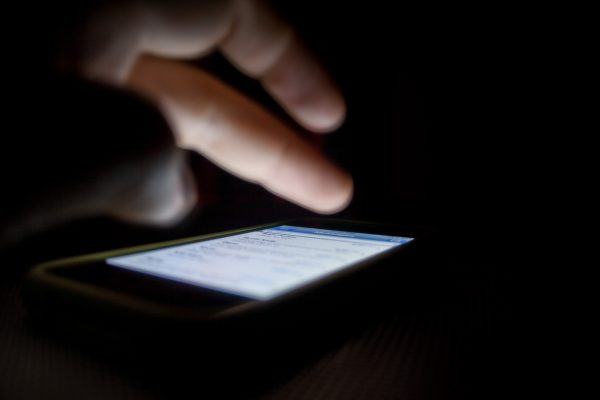


Interesting exacerbation of your very singular experience. But then, course you have to maker readers interested. I am Brazilian, but moved to the US in 2001. I agree with the stupidity of the unique power outlet model (which was probably adopted to enrichen some politician) but if you had to use 6 it was by your own wrongdoing: you only need one, but make it the right one! And dialing an international number is not unlike any other place in the world, with the exception of having to add the two numbers of the carrier. I remember that not that long ago in Los Angeles, calling across the street sometimes would mean paying long distance! Be funny, but be correct.
±55 21 (for Rio) then the phone number would have spared you a lot of trouble. International format works here.
I’m a French expat in curitiba, next time you need help you can … Call me ? 🙂
01-) You could have done this little travel hack below:
– Take your USB cable and connect one end to your phone and the other end into any USB port you can find in the room. LCD TV’s, Laptops, Desktop PC computers, they can all be used to charge your phone.
– Ask the front desk if they have an adaptor for your USB cable. Guests tend to forget them every week and most places have a drawer full of them.
02-) If you have a real cellphone provider from a first world country, they are currently offering outstanding low rates for international 4g access and calls.
I prefer T-Mobile. I call them, ask to add international data and calls for $15.00/mo. My per minute calls cost me USD 0.05 mobile to mobile and mobile to landline is FREE, including up to 10GB of data per month which should last you about a month. Once you have returned to your home country, you can ask them to remove the additional international call/data feature.
I get it that your blog is segmented to describe the hassle, pain and suffering on how to get a SIM Card in every single country but this specific problem is no longet what it used to be, not at least for the majority of casual, less than a month out of the country travelers.
Some providers in a few countries — “first world” or otherwise — have definitely started offering good international roaming rates, which is great. The EU ‘roam like at home’ legislation has also made a big difference for short-haul European travelers. Even so, “the majority of casual, less than a month” travelers still don’t have affordable roaming available to them. It’s very dependent on where country you’re from, which cell provider you use at home, and where you’re going.
Even if you’re from the US, if you’re not using T-Mobile you won’t get anything like the rates you mention outside North America. If you travel regularly, you could always switch providers — but if you live or work somewhere with poor or no T-Mobile coverage, that’ll be a non-starter.
Buying local SIM cards can be a lot of hassle in some places. It can also be straightforward, take five minutes, and cost a few dollars in others. That’s why we cover each country separately. If you have a roaming solution that makes sense for you, definitely take advantage of it. Sadly not everyone has that option quite yet.
About buying things in stores and they “requesting” a CPF, this is more (if not unique to) São Paulo, and it’s related to a government program that will pay you back money for providing your CPF when buying things as a way to reduce the number of people evading taxes.
That’s probably why people were insisting that you should provide a CPF. They were trying to save you some money (of course, if you had a CPF). You got the idea.
Moreover, I’m really sorry for all of this nightmare around bureaucracy and inefficiency.